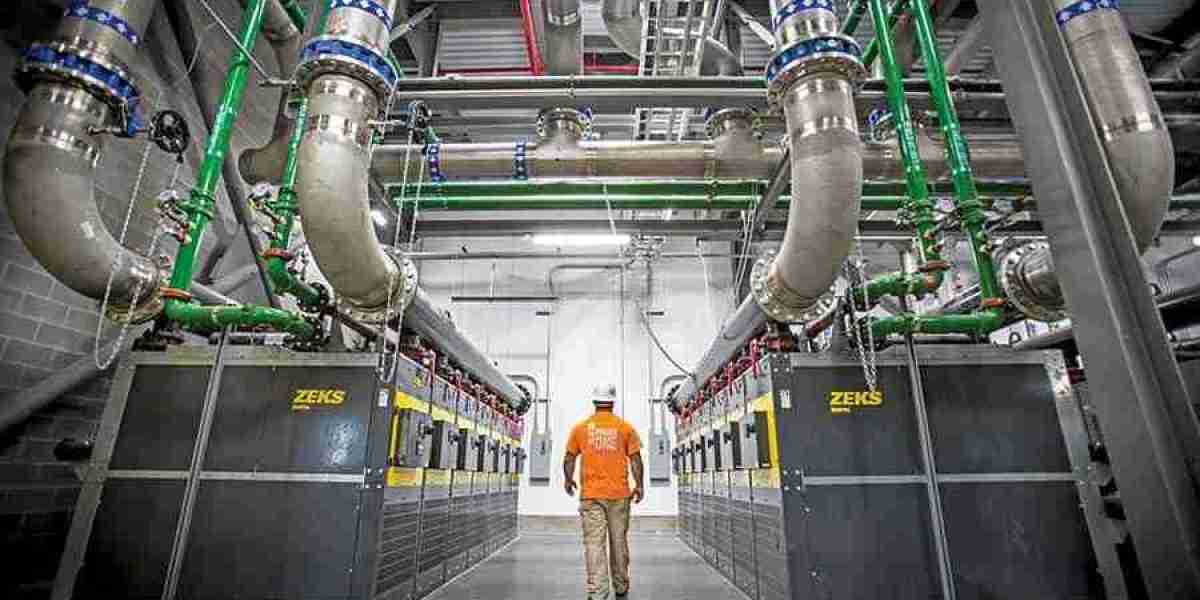Introduction
In the realm of construction and engineering, MEP (Mechanical, Electrical, and Plumbing) drafting services play a pivotal role in ensuring the smooth execution of projects. However, the traditional methods of MEP drafting can often be time-consuming and costly. In this article, we explore cost-effective solutions that streamline MEP drafting processes without compromising on quality or efficiency.
1. Utilization of Advanced Software
- Introduction to BIM (Building Information Modeling): BIM software revolutionizes MEP drafting by creating a digital representation of the physical and functional characteristics of a building. It facilitates collaboration, reduces errors, and enhances productivity.
- AutoCAD and Revit Integration: Leveraging software like AutoCAD and Revit allows for seamless integration of MEP systems into the overall building design. These tools offer extensive libraries of pre-designed components, saving time and effort in drafting.
2. Outsourcing MEP Drafting Services
- Benefits of Outsourcing: Outsourcing MEP Drafting Services to specialized firms can significantly reduce costs associated with in-house drafting teams. These firms often operate in regions with lower labor costs, offering competitive pricing without compromising quality.
- Access to Expertise: Outsourcing provides access to a pool of skilled professionals with expertise in MEP drafting. This ensures accurate drawings and adherence to industry standards and regulations.
3. Standardization and Template Development
- Development of Standardized Templates: Creating standardized templates for MEP drafting streamlines the process and reduces the time required for drafting individual components. These templates can be customized to suit specific project requirements, ensuring consistency across drawings.
- Utilization of CAD Standards: Adhering to industry-standard CAD practices ensures consistency and compatibility across different drafting projects. It reduces errors and rework, ultimately leading to cost savings.

4. Embracing Lean Practices
- Value Stream Mapping: Analyzing the MEP drafting process through value stream mapping helps identify areas of waste and inefficiency. By eliminating non-value-added activities, such as redundant revisions or excessive detailing, costs can be minimized.
- Continuous Improvement: Implementing a culture of continuous improvement encourages employees to identify and implement cost-saving measures in MEP drafting processes. This could include adopting new technologies, streamlining workflows, or optimizing resource allocation.
5. Training and Skill Development
- Investing in Employee Training: Providing training programs for drafters in the latest software and drafting techniques enhances efficiency and accuracy in MEP drafting. Well-trained personnel are more adept at utilizing software functionalities effectively, leading to time and cost savings.
- Cross-Training: Cross-training employees in multiple disciplines within MEP drafting allows for flexibility in resource allocation and prevents bottlenecks during peak project periods.

Conclusion
Cost-effective solutions in MEP drafting services are essential for optimizing project budgets and timelines without compromising quality. By embracing advanced software, outsourcing, standardization, lean practices, and investing in employee training, organizations can achieve significant cost savings while delivering superior MEP drafting outcomes. These strategies not only reduce project costs but also enhance productivity and competitiveness in the construction industry.



